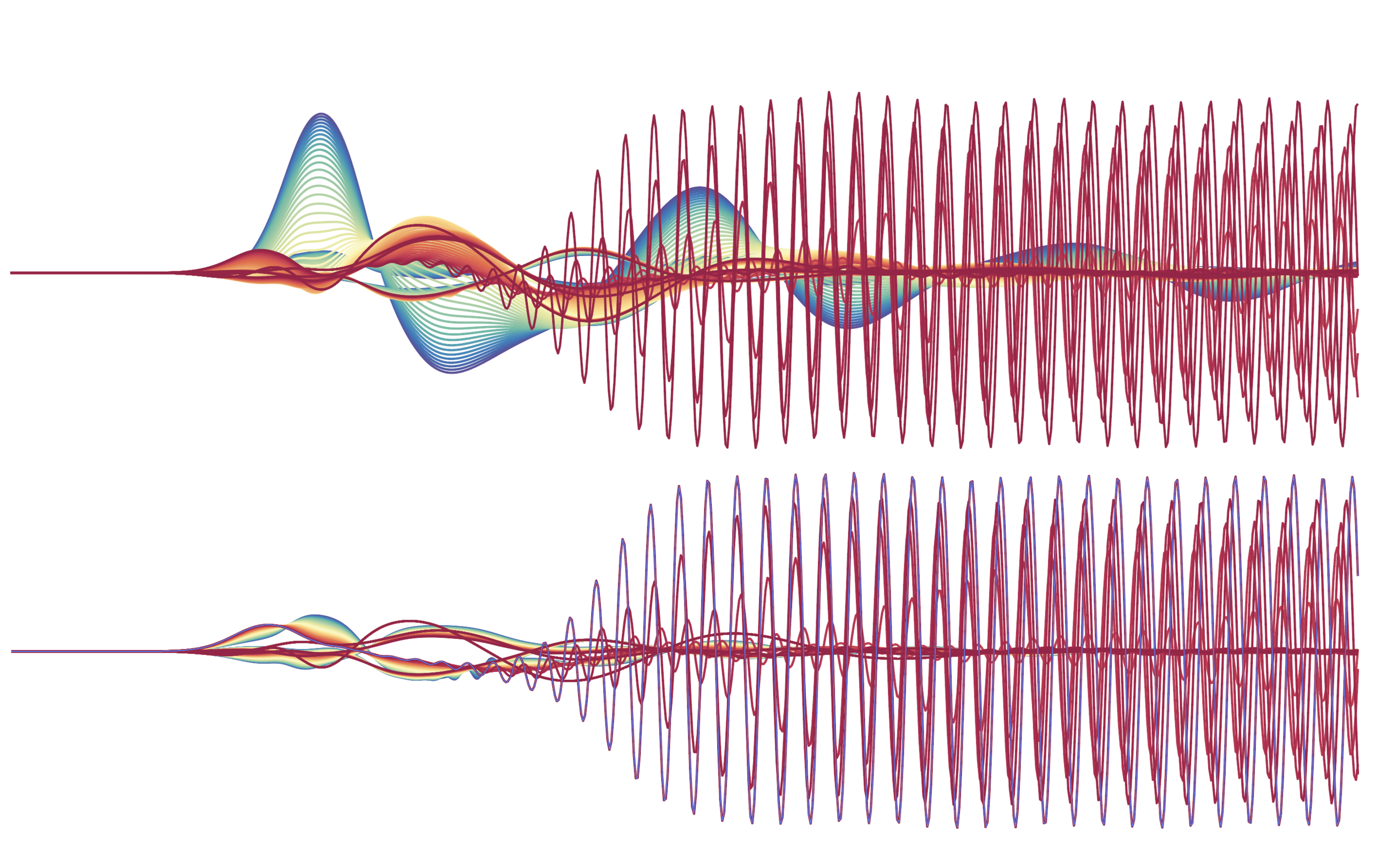Networks in Epilepsy Surgery
Epilepsy surgery has emerged as an important and possibly curative treatment for many treatment resistant focal epilepsies. However, it is becoming increasingly clear that even 'focal' epilepsy is a dynamic condition involving a whole network of brain areas. Predicting whether or not surgery can be successful, and identifying which surgical approach will lead to seizure freedom still remains a challenge.
In this research stream, we are applying advanced computational modelling of neuronal dynamics to intracranial EEG recordings from paediatric patients undergoing evaluation for epilepsy surgery. We are hoping that this work will help improve our planning for epilepsy surgery to help as many patients as possible achieve seizure freedom.
Local receptor fingerprints shape regional intracranial EEG signal [preprint]
Brain activity varies across different cortical region - using dynamic causal modelling, we show that this is in part driven by the local distribution of neurotransmitter receptors.
Stoof et al. (2023) bioRxiv: doi.org/10.1101/2024.01.09.574882
Here we investigate structural brain networks in paediatric focal epilepsies utilising a network control framework
Chari et al. (2021) medRxiv: doi.org/10.1101/2021.08.05.21261484
Here we use dynamic causal modelling to investigate the networks that underpin the local spread of interictal discharges
This code was used to perform analysis and modelling of the spread of interictal epileptiform discharges
Using a dynamic causal modelling approach may be helpful to make quantitative predictions for epilepsy surgery
Figshare: Patient-specific SEEG model
Using a mixture of functional-connectivity based approaches, and dynamic causal modelling, this code infers the generative structure underlying SEEG recordings
Github: SEEG Networks






